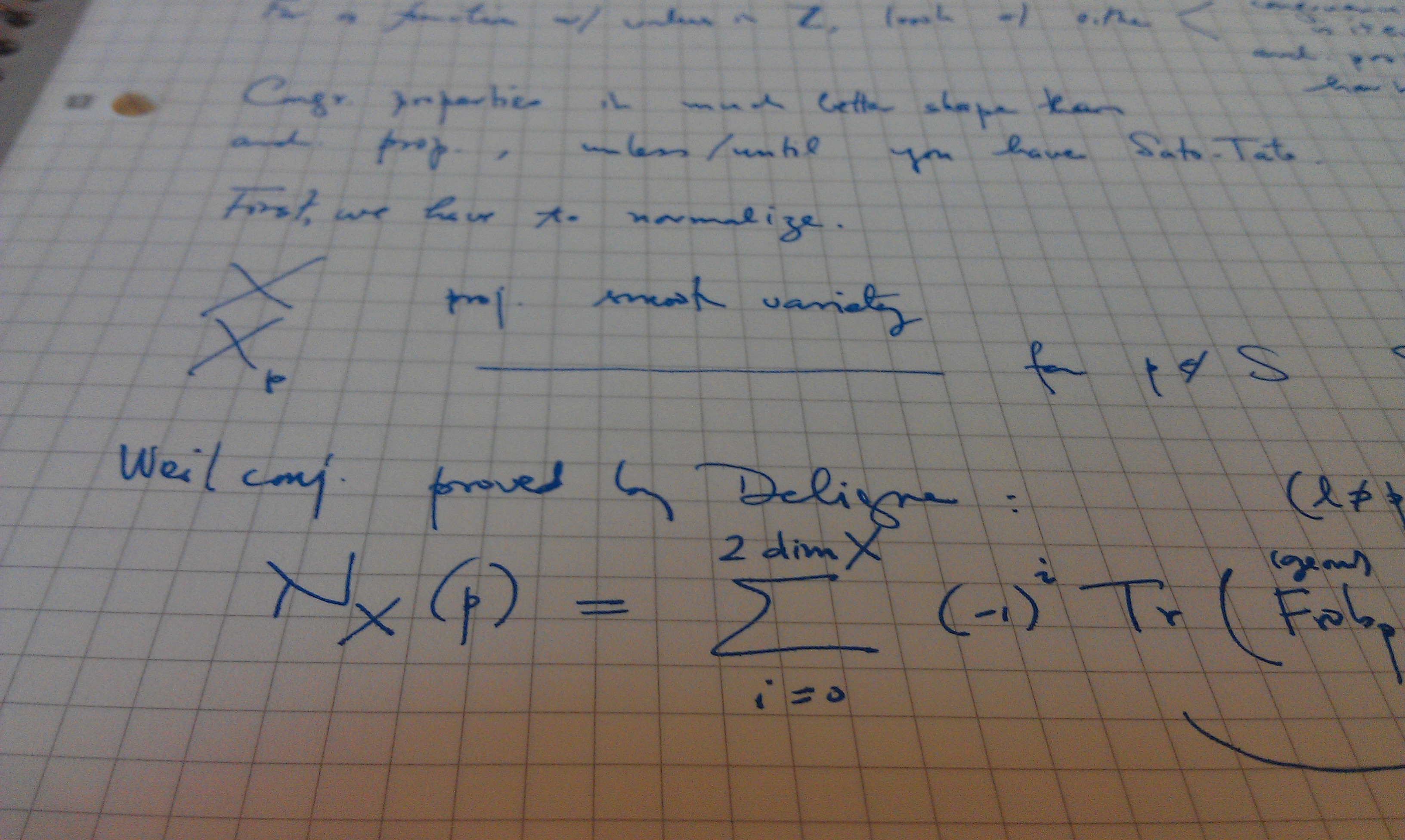Publication Date
2015
Abstract
We study the spreading of initially localized excitations in one-dimensional disordered granular crystals. We thereby investigate localization phenomena in strongly nonlinear systems, which we demonstrate to be fundamentally different from localization in linear and weakly nonlinear systems. We conduct a thorough comparison of wave dynamics in chains with three different types of disorder: an uncorrelated (Anderson-like) disorder and two types of correlated disorders (which are produced by random dimer arrangements), and for two families of initial conditions: displacement perturbations and velocity perturbations. We find for strongly precompressed (i.e., weakly nonlinear) chains that the dynamics strongly depends on the initial condition. In particular, for displacement perturbations, the long-time asymptotic behavior of the second moment ˜m2 has oscillations that depend on the type of disorder, with a complex trend that is markedly different from a power law and which is particularly evident for an Anderson-like disorder. By contrast, for velocity perturbations, we find that a standard scaling ˜m2 ∼ t γ (for some constant γ) applies for all three types of disorder. For weakly precompressed (i.e., strongly nonlinear) chains, ˜m2 and the inverse participation ratio P −1 satisfy scaling relations ˜m2 ∼ t γ and P −1 ∼ t −η , and the dynamics is superdiffusive for all of the cases that we consider. Additionally, when precompression is strong, the inverse participation ratio decreases slowly (with η < 0.1) for all three types of disorder, and the dynamics leads to a partial localization around the core and the leading edge of the wave. For an Anderson-like disorder, displacement perturbations lead to localization of energy primarily in the core, and velocity perturbations cause the energy to be divided between the core and the leading edge. This localization phenomenon does not occur in the sonic-vacuum regime, which yields the surprising result that the energy is no longer contained in strongly nonlinear waves but instead is spread across many sites. In this regime, the exponents are very similar (roughly γ ≈ 1.7 and η ≈ 1) for all three types of disorder and for both types of initial conditions.
Pages
23
Recommended Citation
Martínez, Alejandro J.; Kevrekidis, Panayotis G.; and Porter, Mason A., "Superdiffusive Transport and Energy Localization in Disordered Granular Crystals" (2015). Mathematics and Statistics Department Faculty Publication Series. 1252.
Retrieved from https://scholarworks.umass.edu/math_faculty_pubs/1252

Comments
Arxiv preprint uploaded.